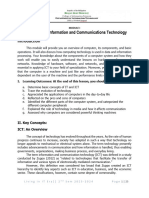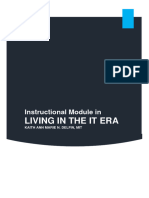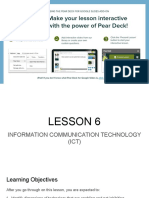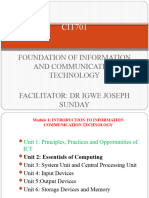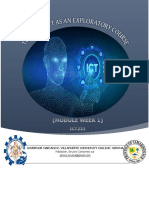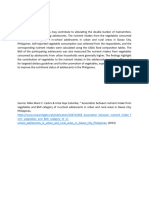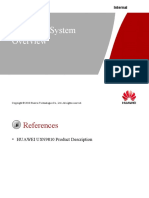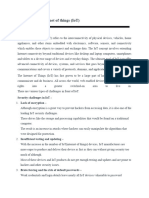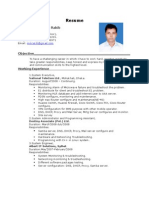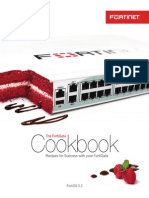0% found this document useful (0 votes)
20 views16 pages02 Intro To ICT Part 1
The document provides an overview of Information and Communication Technology (ICT), tracing its evolution from prehistoric communication methods to modern technologies like smartphones. It defines ICT, distinguishes it from traditional Information Technology (IT), and outlines its core components, including hardware, software, networks, and human interaction. The lesson objectives emphasize understanding ICT's impact on society and predicting future technological trends.
Uploaded by
Nash HagosCopyright
© © All Rights Reserved
We take content rights seriously. If you suspect this is your content, claim it here.
Available Formats
Download as PDF, TXT or read online on Scribd
0% found this document useful (0 votes)
20 views16 pages02 Intro To ICT Part 1
The document provides an overview of Information and Communication Technology (ICT), tracing its evolution from prehistoric communication methods to modern technologies like smartphones. It defines ICT, distinguishes it from traditional Information Technology (IT), and outlines its core components, including hardware, software, networks, and human interaction. The lesson objectives emphasize understanding ICT's impact on society and predicting future technological trends.
Uploaded by
Nash HagosCopyright
© © All Rights Reserved
We take content rights seriously. If you suspect this is your content, claim it here.
Available Formats
Download as PDF, TXT or read online on Scribd
/ 16




